#Elizabeth Soltan
Text


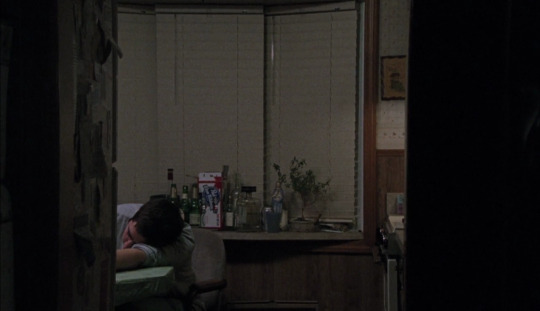

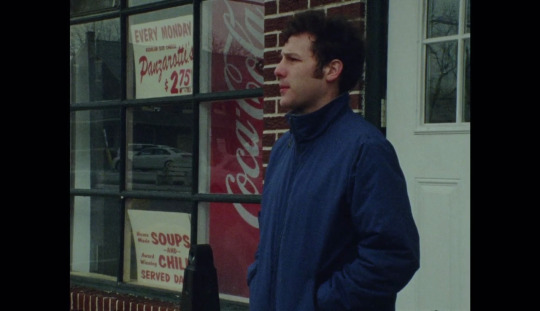
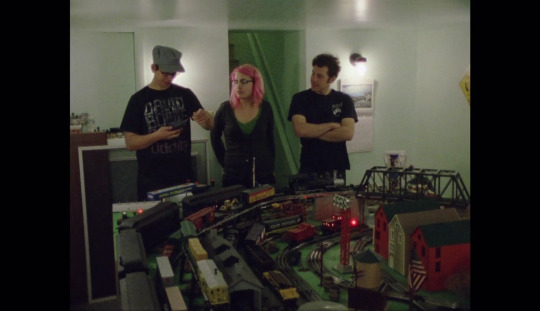


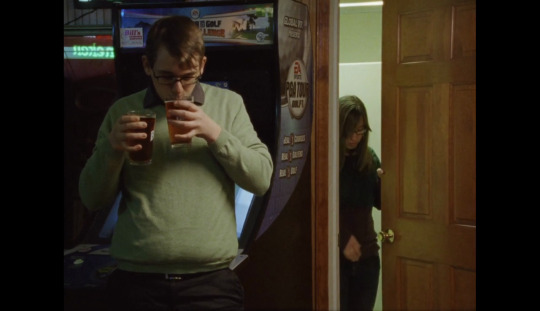

Broken Specs (2012), Travel Plans (2013) & Going Out (2015).
Three short films by Ted Fendt
#Broken Specs#Travel Plans#Going Out#Ted Fendt#short film#2012#2013#2015#Rob Fini#Mike MacCherone#Elizabeth Soltan#Mark Simmons#comedy#independent cinema#Films watched in 2024#siete#seis#title credits#hands#glasses
90 notes
·
View notes
Photo
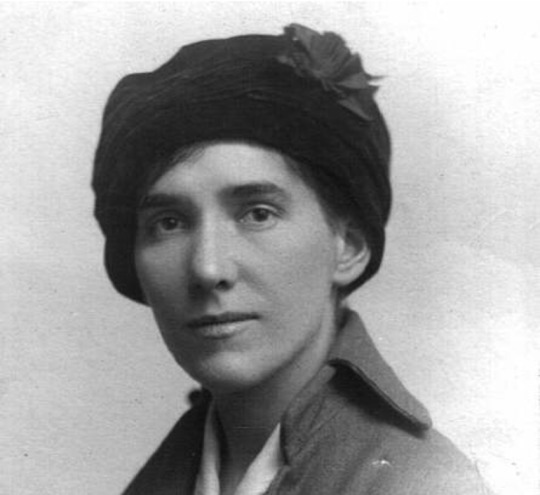

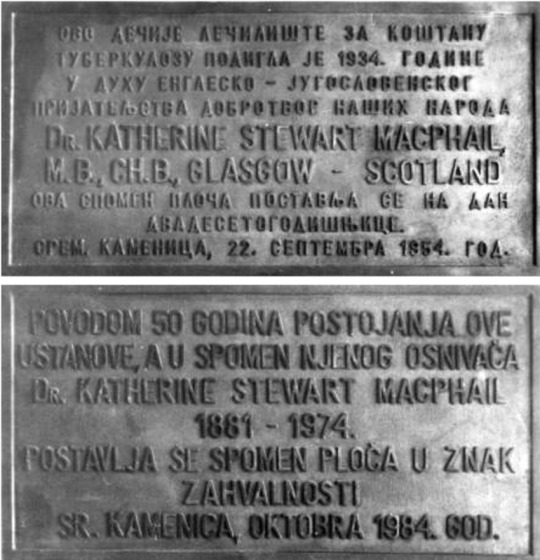
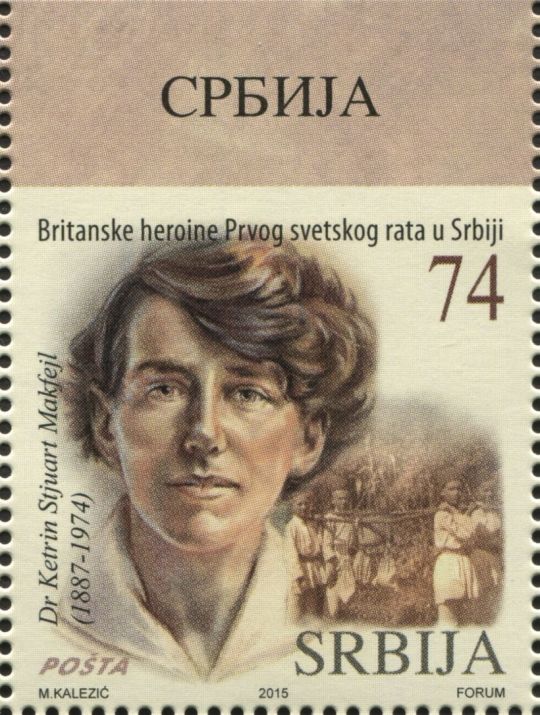
Katherine Stewart Macphail born on 30 October 1887 at Whifflet, Coatbridge.
This is another one of those posts that I will say not many people will know the name here at home, but in Serbia she was regarded as a national hero.
Just short of her nineteenth birthday she matriculated at Queen Margaret College, University of Glasgow, to study medicine in, what was at that time, in 1906, still a separate women's department, and the University had only been granting medical degrees to women for just over a decade.
Her father, Donald, was a doctor, and Katherine followed in his footsteps. Her undergraduate record suggests she was a conscientious, bright student and her name appears several times on the prize-list. In her first year she gained a second-class certificate in Practical Zoology. The following year, 1907-1908, she took a first class certificate in Physiology, and in subsequent years, second class certificates in Anatomy (1908-1909) and Surgery (1910-1911). She graduated MB ChB in 1911. In other words, a very smart cookie and it ran in the family, her sister Isabel Macphail, had graduated MA the previous year.
When war broke out, the sisters offered their services to the Scottish Women's Hospitals. Women were not permitted to serve in the armed forces, but a group of energetic medical women, spear-headed by Edinburgh graduate Elsie Inglis, equipped and staffed their own hospitals, with the support of the National Women's Suffrage Societies.
Their offer of these facilities to the Government at home was turned down, but the French showed more willing and the first of the Scottish Women's Hospitals for Foreign Service was set up at Royaumont towards the end of 1914. Further hospitals followed in Serbia in early 1915. Isabel and Katherine set off for Serbia, Isabel as an orderly, Katherine as a surgeon. Apparently, Katherine was initially worried about what the other members of the unit would be like. She wrote:
We knew we were being sent out under the auspices of the Suffrage Societies, and each was afraid that every other was a strong supporter, but were much relieved to find that almost none of us was what might be called 'strong', and that Serbia was the common bond, not suffrage.
When she arrived there, she and another junior doctor, Adeline Campbell, were dismayed by the tasks they were given to do at Kragvievatz, and felt that an orderly could have done them. They persuaded their superior, Dr Soltan, to release them, and they went on to the Military Hospital at Belgrade, incurring the wrath of the committee of the Scottish Women's Hospital, who declined to employ Katherine again. Undeterred, Katherine continued her lifetime's work in Serbia.
After the war Katherine remained in Serbia, running her own small hospital, the Anglo-Serbian Children's Hospital in Belgrade with some funding from the Scottish Women's Hospitals and the Save the Children Fund. Her war work had been honoured by the Serbian government, which conferred the distinction of the Serbian Order of St Sava and the Serbian Red Cross.
Her work was far from finished, however. In 1934 she established the English-Yugoslav Hospital for Treatment of Osteoarticular Tuberculosis in Sremska Kamenica. She continued her work there until 1941, when she and other British residents were taken prisoner by the Germans.
She was repatriated, but returned to Belgrade in 1945 with one of the first relief units. Under a new post-war regime, foreigners were less welcome. After the nationalisation of the hospital she left for Scotland in 1949 and settled in St Andrews, where she lived until her passing in 1974 aged 86.
Pics include a memorial stamp issued in 2015, one of five that featured Scottish women who worked as doctors, nurses and drivers, the other four being , Dr Elsie Inglis, Dr Isabel Gallowey Hutton, Evelina Haverfield and Dr Elizabeth Ross.
12 notes
·
View notes
Photo
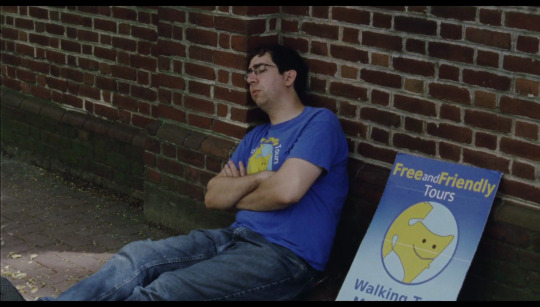
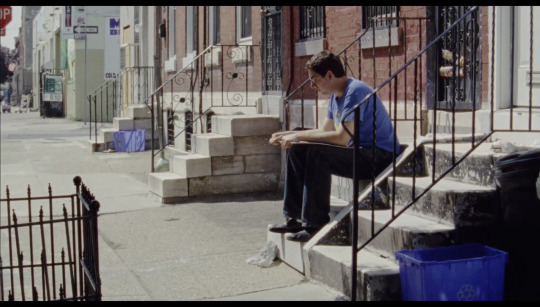





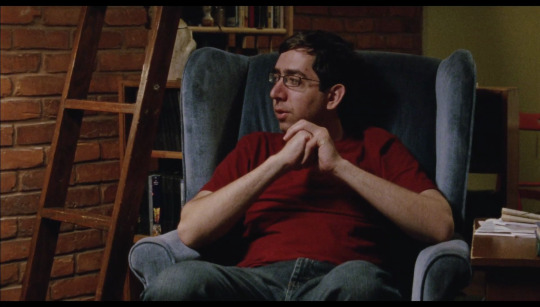
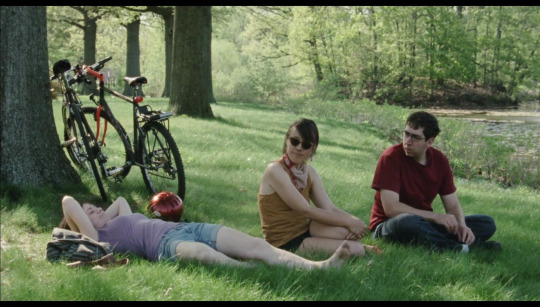
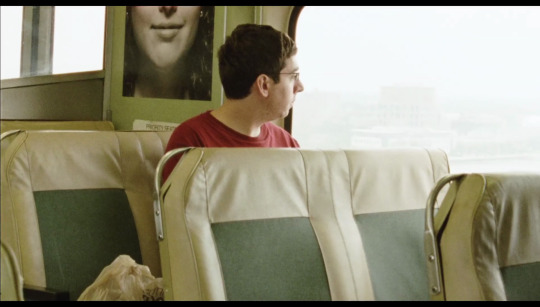
Short Stay (Ted Fendt, 2016)
#films watched in 2023#Short Stay#Ted Fendt#siete#2016#Mike MacCherone#Elizabeth Soltan#Mark Simmons#Meaghan Lydon#comedy#drama#youth#independent cinema#poverty#bus#summer#loneliness
52 notes
·
View notes